Toyota has introduced the Toyota Mirai Hydrogen, India’s first hydrogen fuel cell electric vehicle. The hydrogen sedan was introduced in the country as part of a pilot project led by the International Center for Automotive Technology (ICAT) in collaboration with Toyota Kirloskar Motor Pvt. ltd. to study and evaluate the Toyota Mirai Hydrogen on Indian roads and weather conditions.
Toyota Mirai Hydrogen
Nitin Gadkari, Union Minister of Road Transport, has launched the Mirai Hydrogen Fuel Cell Advanced Fuel Cell Electric Vehicle (FCEV) pilot project. Gadkari also recently stated that he would begin driving the Toyota Mirai himself, with the Indian Oil Corporation Limited (IOCL) supplying hydrogen for the vehicle.
The Toyota Mirai is powered by a hydrogen fuel cell battery and has a range of up to 600 km on a single full charge.
The hydrogen is converted into electricity, which powers the sedan, with the only residue being the water that exits the Mirai’s tailpipe. The pilot project aims to provide commercial hydrogen fuel cell electric vehicles in the country.
Toyota Mirai Hydrogen Fuel Cell Specifications
| Engine | Electric motor |
| Power | 152bhp |
| Max torque | 335Nm |
| Gearbox | Automatic |
| Wheelbase (mm) | 2,781mm |
| LxWxH (mm) | 4,889×1,816×1,536 |
| Speed – 0-100kmph | 9.0s |
| Top speed | N/A |
| Tank Capacity | 5.65 Kg |
| Range | 450 Kmph |
Toyota Mirai Hydrogen Fuel Cell is the country’s first such project aimed at raising awareness of hydrogen, FCEV technology, and spreading its benefits to support India’s hydrogen-based society, according to a previous press release from the Ministry of Road Transport and Highways.
The pilot project will assist the government in determining the dependability of hydrogen fuel cell electric vehicles in the country, as well as whether they can be used as replacements for gasoline and diesel vehicles alongside regular battery electric vehicles.

Toyota Mirai EV Performance
Once behind the wheel, the cockpit resembles a cross between a Camry and a Prius, which is nice given that both are comfortable enough, amicably loaded with a mix of infotainment and technical readings, and plenty of very practical features.
Needless to say, you’ll have a lot of information to share with unwary guests about how you saved the environment. Step on the right pedal, and the Mirai will begin to spin with that (now) familiar electrical urgency. The Mirai, like any other electric vehicle, is powered by an electric motor.
Only in this case, the Mirai uses the energy of the chemical reaction between the hydrogen stored in the cylinders and the air to produce water as the only by-product. Because you generate the electricity you require as you go, you don’t need a large battery.
The Mirai is designed to travel approximately 482 kilometers on a full tank of hydrogen (approximately 7 kg in weight) using only a 9 kWh 34-cell battery, whereas the Kona (with a range of 450 kilometers) requires 39.2 kWh with 180 cell modules. The batteries used are nickel metal hydride rather than lithium polymer.
7kg tanks of hydrogen would take about the same amount of time as a normal fuel shutdown, eliminating the need for the absurd calculations that electric car owners must perform every time they leave their garage. The issue is that no one is currently producing hydrogen in India; without scale, the cost of H2 per kilograms or so would be around Rs 900. This means that filling up would currently cost around Rs 6,300, which is not feasible.

Toyota Mirai Hydrogen Drawbacks
But let’s take a step back and look at the bigger picture of FCEV potential. FCEVs, such as the Mirai, emit no harmful emissions, can compete with the best BEVs in the lineup, and don’t take much longer to fill up than typical petrol or diesel car.
Not to mention the fact that hydrogen is the most abundant. With so much to offer, shouldn’t FCEVs be the technology at the heart of a world transitioning to electrification?
That is not the case. First, due to the high cost of precious metal components, fuel cells are expensive to manufacture (usually platinum). There are several challenges to converting hydrogen into a form that can be used in automobiles.
Extraction of hydrogen from oil and natural gas emits greenhouse gases that cancel out any future benefits, whereas extraction of hydrogen from water is energy-intensive and “green” only if powered entirely by renewable energy. Also, where is the infrastructure for hydrogen filling? The Indian Oil Corporation’s R and D center in Faridabad has a hydrogen filling station. The nearest gas station is thousands of kilometers away.
The potential exists, but mass adoption of fuel cell vehicles will occur only when automakers, energy providers, and governments address the issues raised above. “Mirai” translates from Japanese to English as “the future,” and it currently owns a car.
According to an official statement from the Ministry of Road Transport, India is committed to cleaner energy and a low-carbon pathway to accelerate economic growth. He stated that hydrogen is an important part of the energy strategy and will play an important role in low-carbon energy pathways.
According to the statement, Toyota Mirai Hydrogen offers enormous opportunities to decarbonize a variety of sectors, including road transportation, and is gaining unprecedented global momentum.
| Homepage | EV Cars |

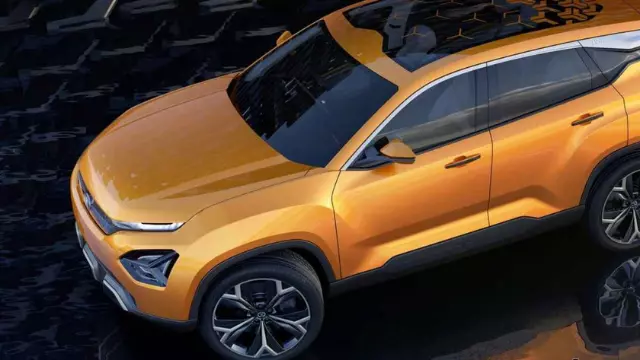
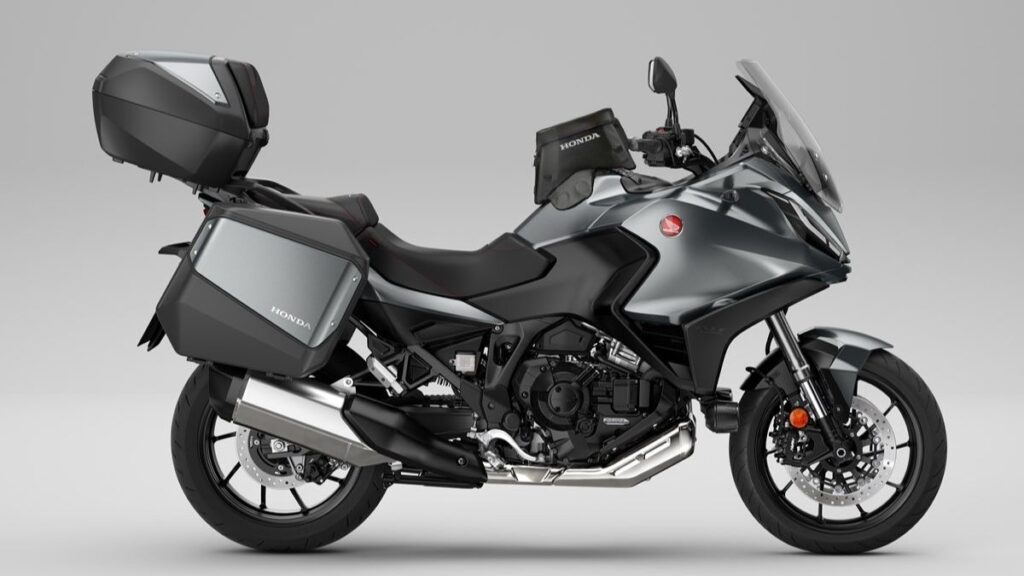
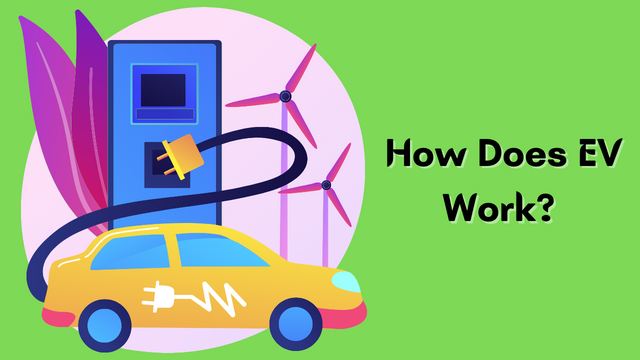
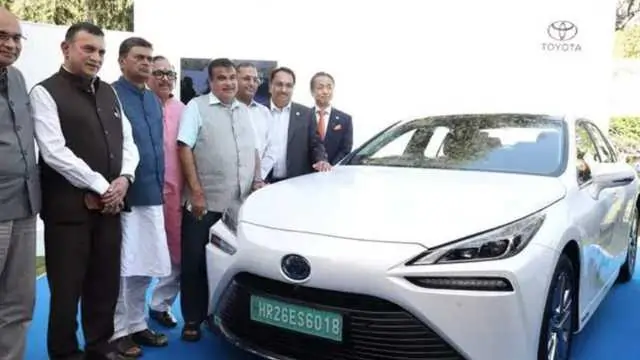
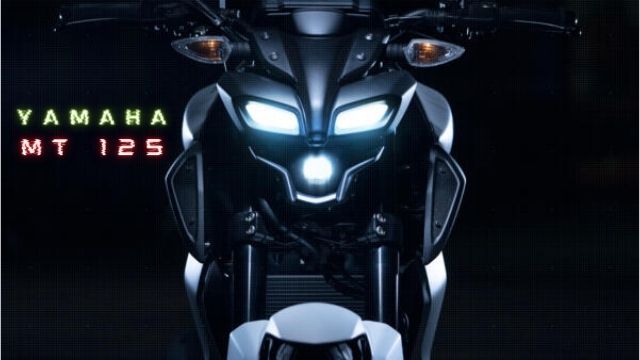
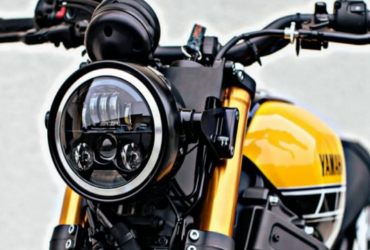
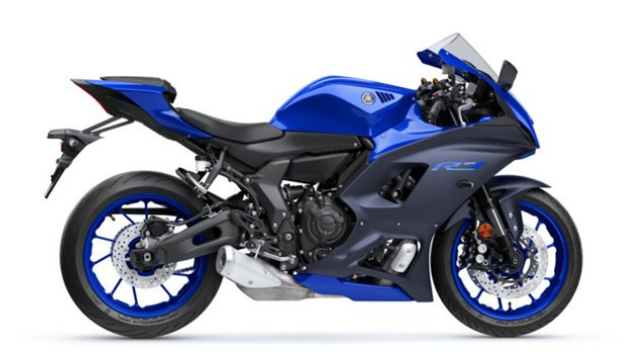
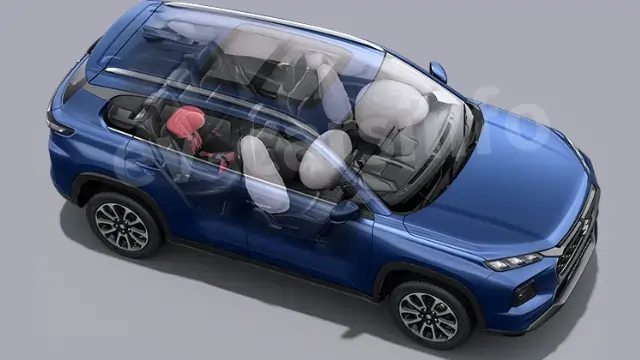
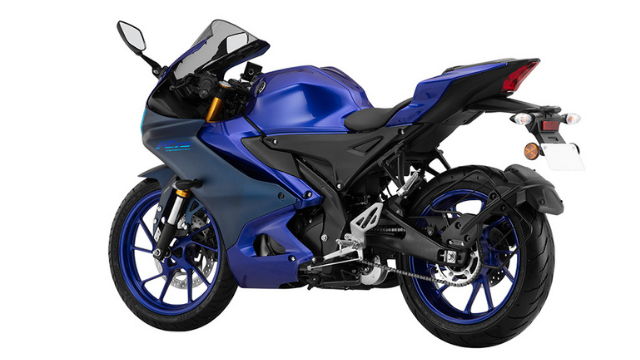
Leave a Review